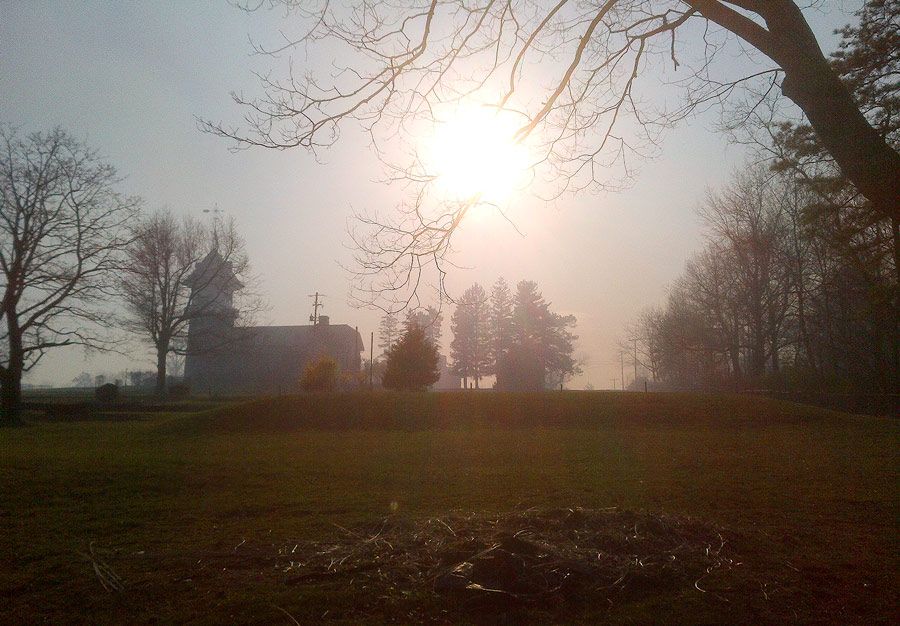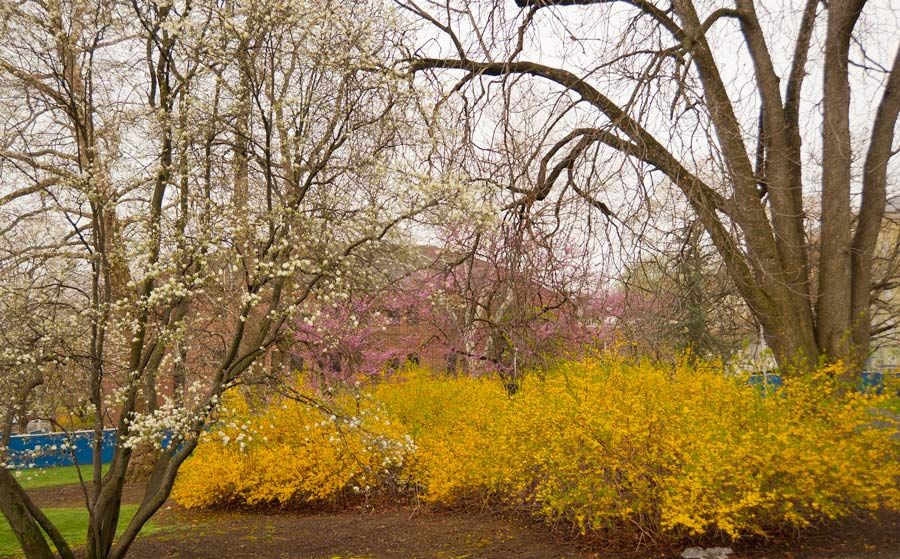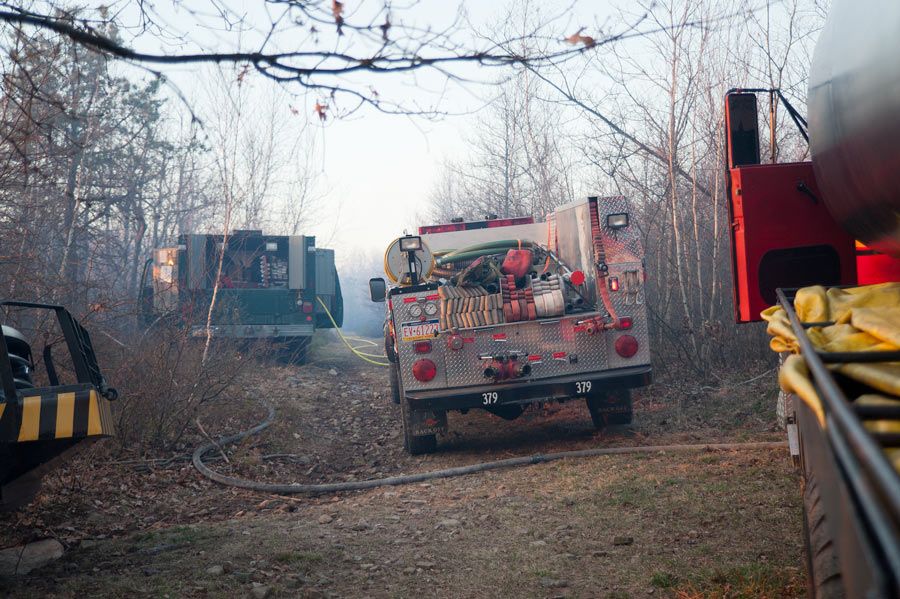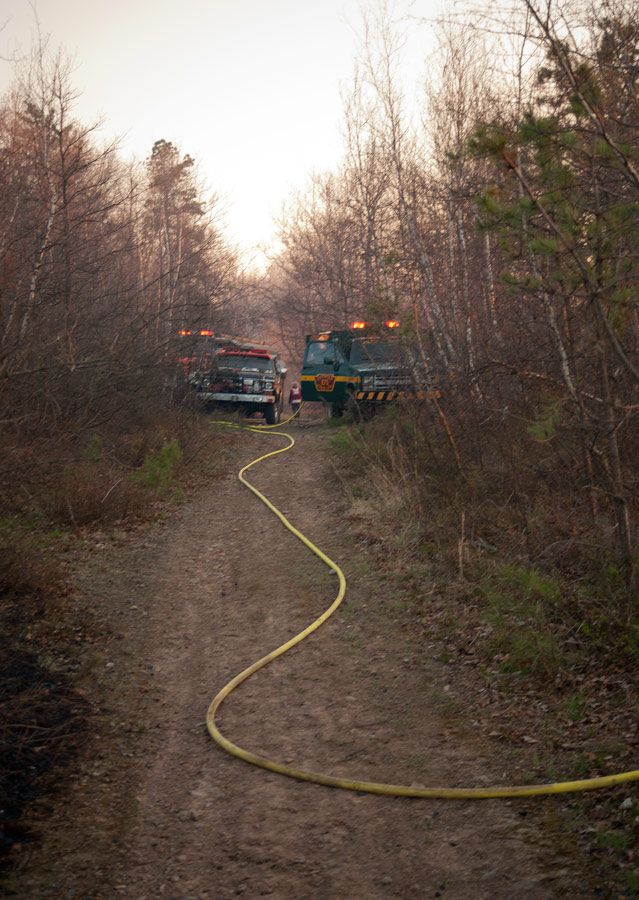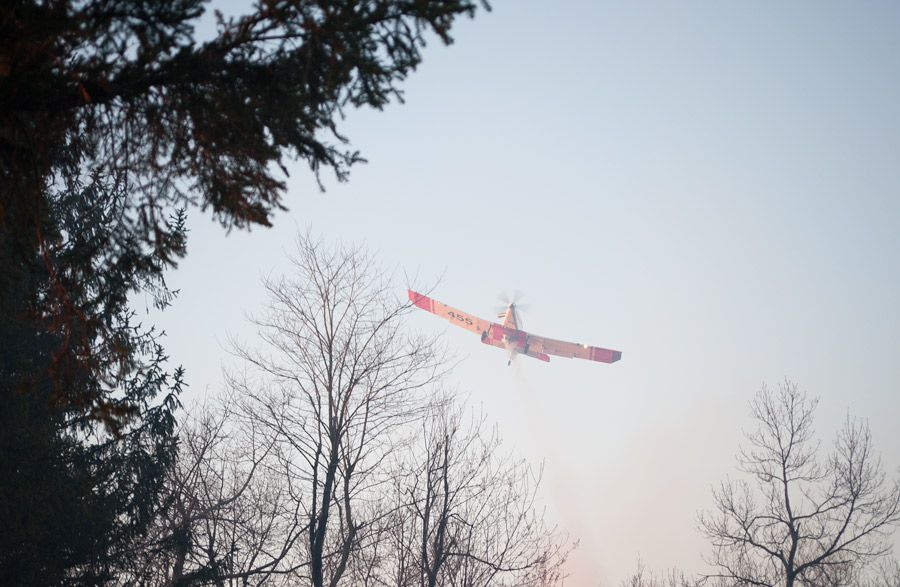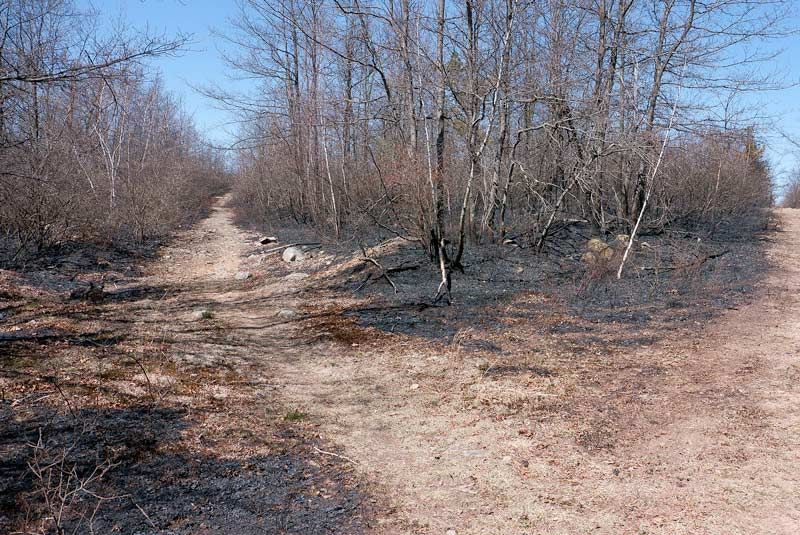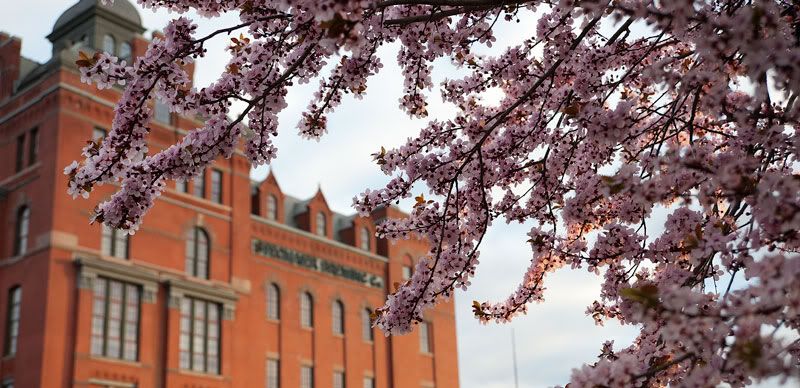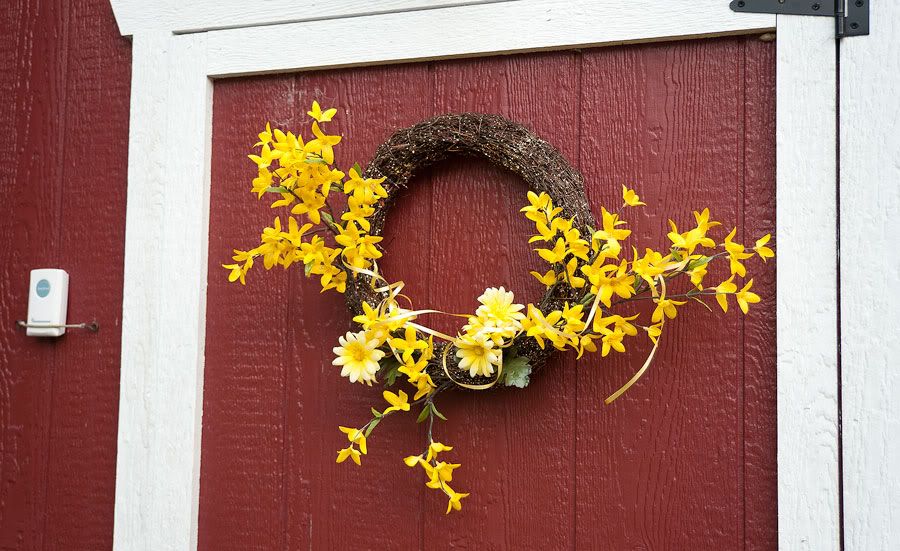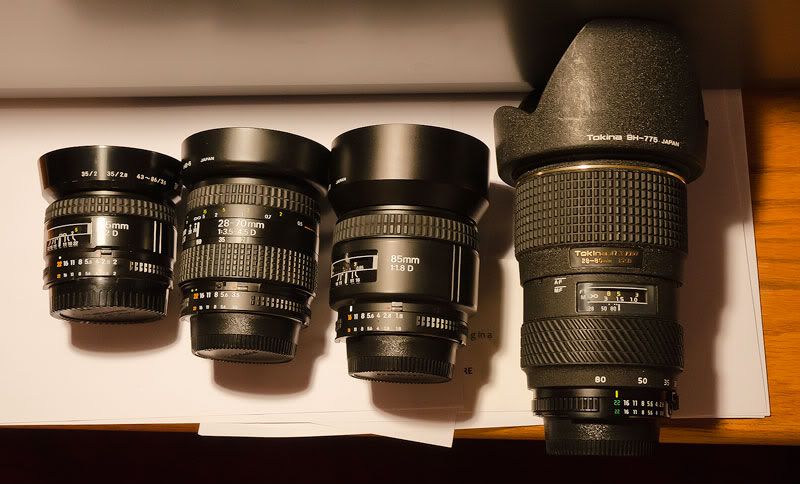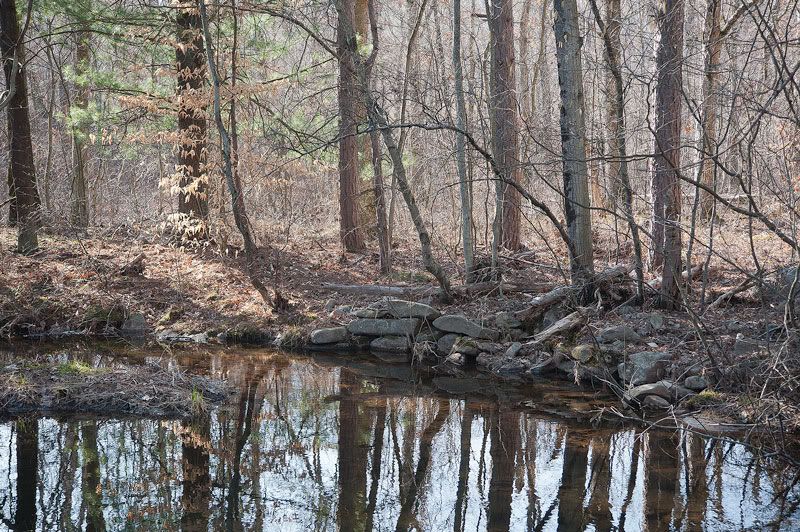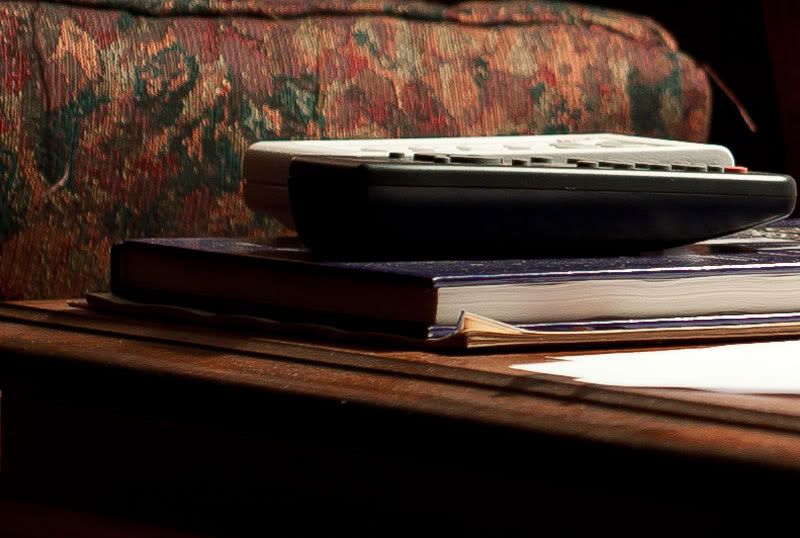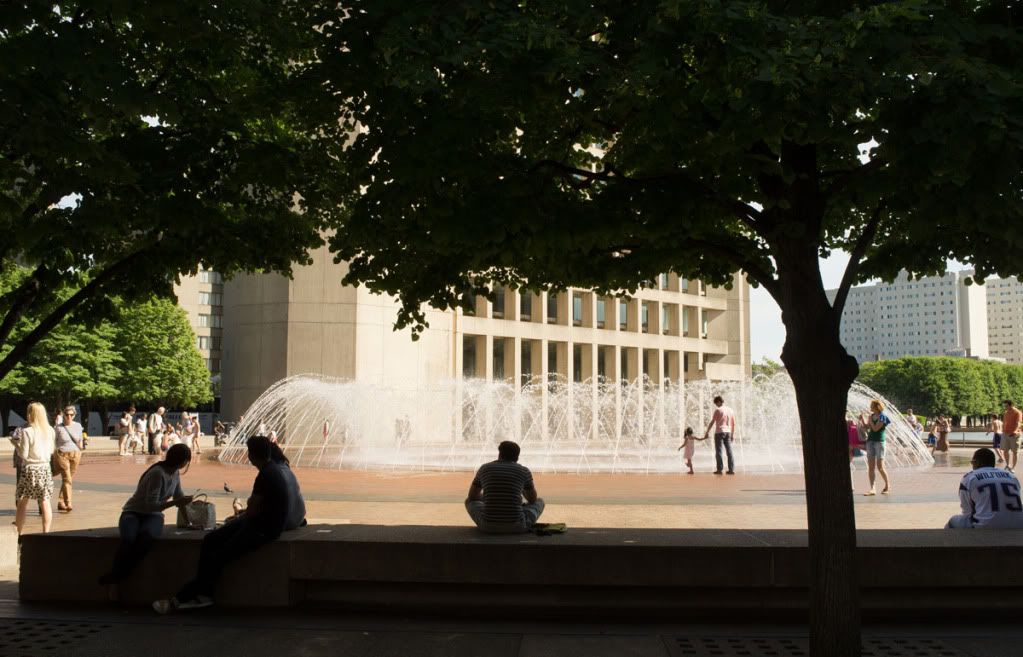
Boston Fountain (Fujifilm X 100)
Last year at this time, I was in the middle of a photographic slump.
I wrote about the problem here. In brief, I felt as though, at least in my usual haunts, I had captured everything photographable. This plus some environmental issues, rather drastically lowered my photographic output over the Summer of 2011. I began to wonder whether I was actually losing interest in photography.
This year it’s different. My interest in capturing images is back. And I hate to admit that I think it’s due to a new equipment purchase, in this case the Fujifilm X 100.
Roughly a month ago, I published my initial thoughts on the camera after several weeks of usage. I have now been carrying it for roughly six weeks, and I think I have developed a better sense of its strengths and weaknesses.
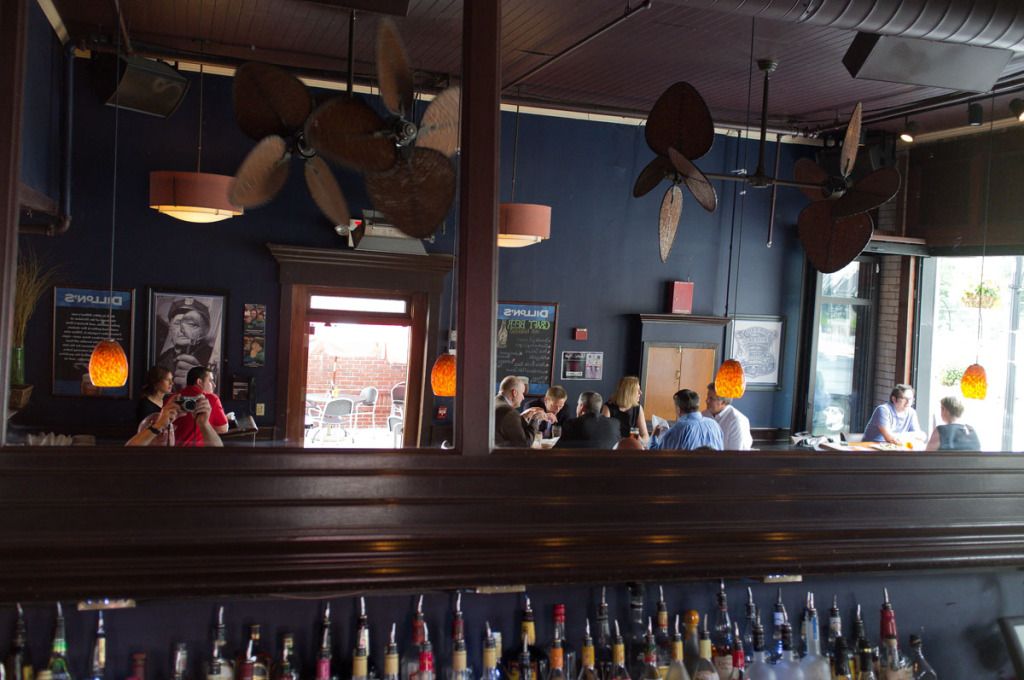
Dillon’s (Fujifilm X 100)
I do recognize that the novelty involved in any new equipment purchase, can reignite an interest in the activity connected with the equipment. But that increased enthusiasm can quickly flag, if the results one obtains do not reinforce the initial burst of enthusiasm. I do think of camera gear that I bought with great enthusiasm, only to be disappointed in the results. Actually, I made a new gear purchase early last summer. My disappointment with it probably added to my summer slump.
This year it’s different. I find myself looking for reasons to shoot with this camera. There is something liberating about are relatively compact and discreet camera that produces excellent image quality. My initial impressions of this camera have only been reinforced. It has excellent resolution. The combination of the excellent imager and the fine 35 mm equivalent lens produce rich detail which allows relatively generous cropping when necessary given the limitations of the lenses focal length. It’s not 24 mp, but it’s very adequate. Prints are gorgeous up to the 16”x 22” sizes my printers can handle.
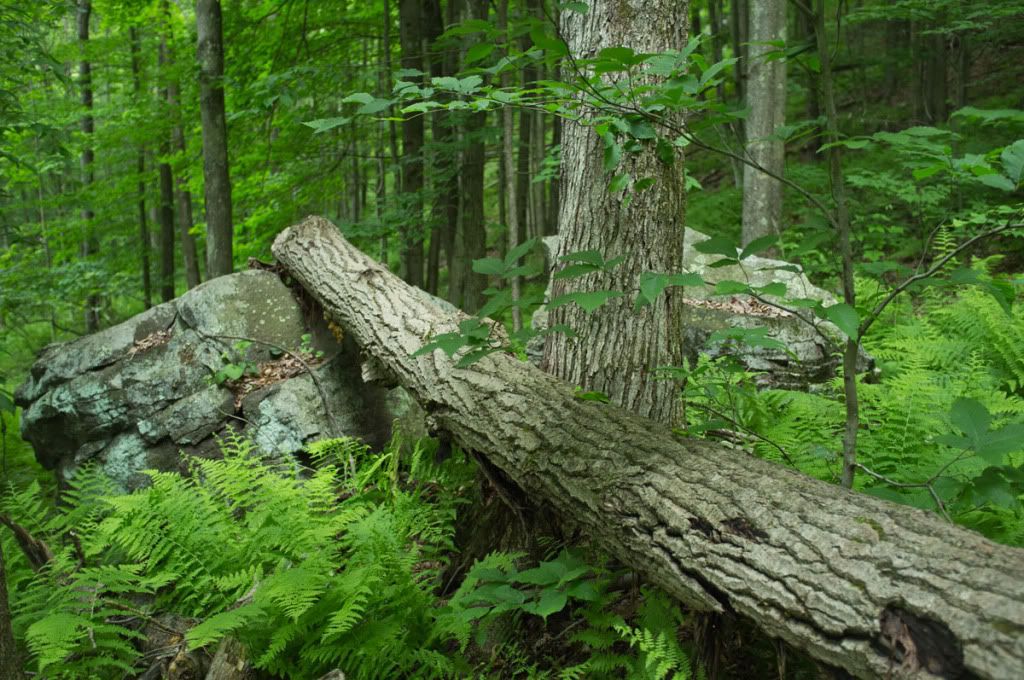
On the Skyline Trail (Fujifilm X 100)
I love the bokeh this lens can produce. I find it useful for both shooting portraits, and for landscape work, particularly in close quarters. At f2 the lens has excellent quality with great sharpness in the center of the field. Nonetheless, one still has the advantage of an APS sized sensor, which gives wonderful depth of field when stopped down.

Vintage Boots ( Fujifilm X100)
It’s low light capabilities continued to delight. I still have yet to take the camera off of the auto ISO setting. I have increased the minimum shutter speed somewhat to 1/60 to reduce motion blur during indoor shooting. I do love the low light capabilities of this camera. I continue to notice luminance noise at high ISOs, but it is relatively fine, and adds a charming graininess to the images especially when converted to black and white. There is very little color noise visible up to ISO 3200 if exposures are right.

Scituate Harbor at Dusk(Fujifilm X 100, ISO 3200)

I have been using the camera with the filter adapter permanently attached. I bought an inexpensive pinch cap to use on a daily basis, and I am storing the elegant magnetic lens cap so to avoid losing it. I would like to have it available at the point where I eventually sell the camera.
I wondered whether I would find the 35 MM focal length limiting. Certainly this is not a camera for sports photography, but when used as a “walk around” camera, I’ve not felt the least bit limited by the fixed lens. Other than cropping, there’s not much of a work around when one desires a longer focal length. A wider field of view however can be obtained by shooting several images of the same scene and combining them in a panorama which also gives you the advantage of higher resolution for printing.
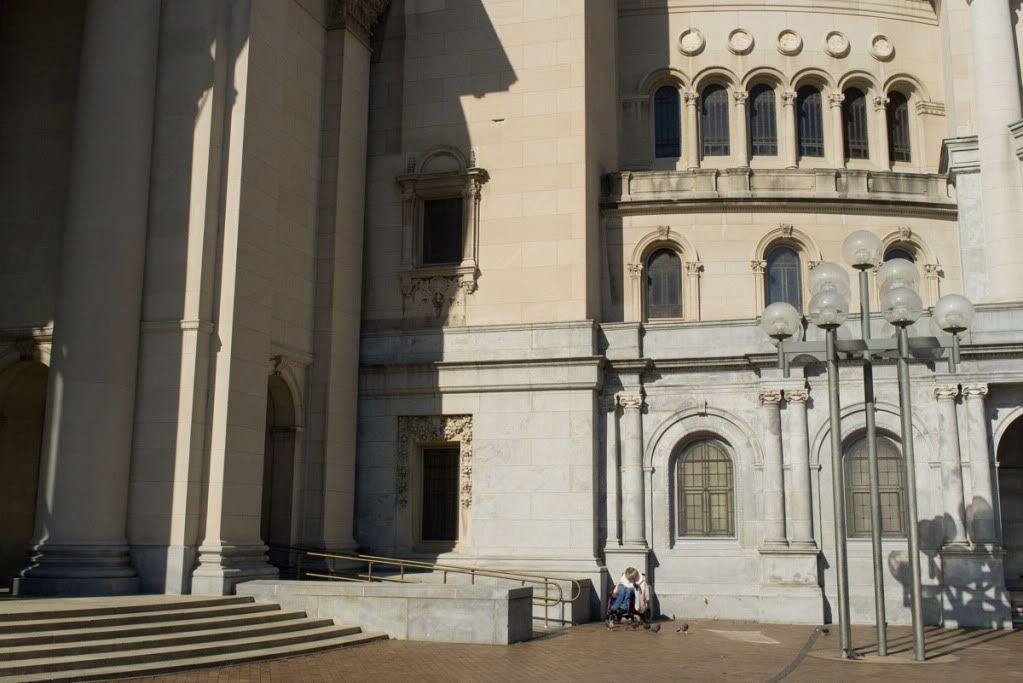
Feeding the Pigeons (Fujifilm X100 cropped to 8.7 MP)
There are definitely some quirks to this camera that require a “work around”
It took me perhaps 5 minutes to capture the image below because I could not obtain an autofocus lock on the flowers in the foreground (the camera kept focusing on the tree in the background). I did find the manual focusing to be a bit problematic, in part because I had forgotten temporarily how to use the image magnifying feature. Most of the time however, the autofocus works fine. When it does not, it most often means that the focus selector button on the side of the camera has become inadvertently repositioned.
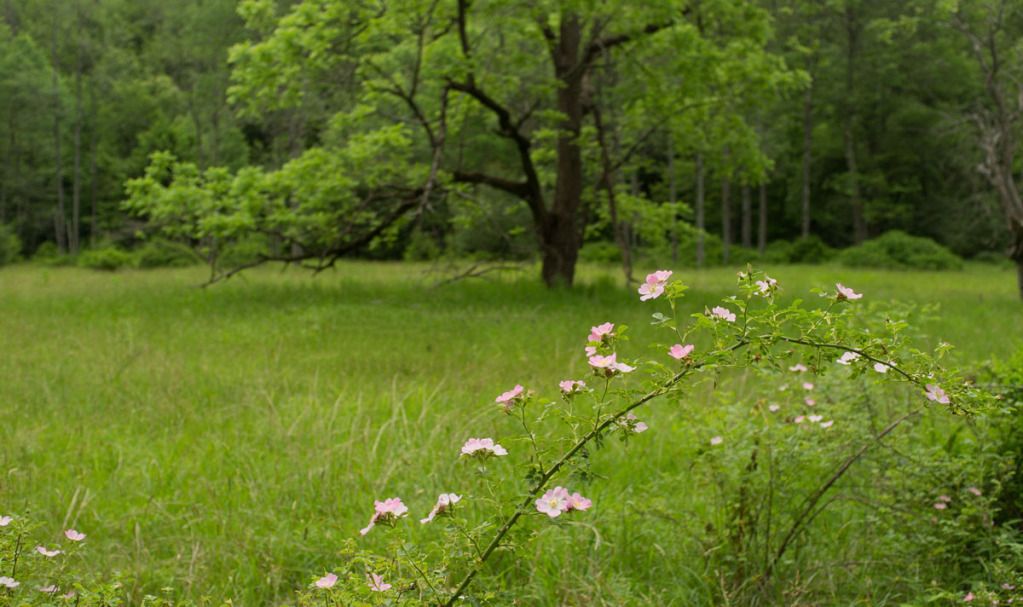
May-apple (Fujifilm X 100)
Dynamic range in RAW files is certainly adequate but less than my Fuji S-5. There is little retention of highlights; one is more likely to obtain additional information from the shadows, similar to the Nikon D 7000.
Yeah, I know that the battery life is not great. I also resent the point-and-shoot type battery life indicator which only warns you of impending battery failure about a millisecond before the power quits. Happily the batteries are cheap and of the same model used by my Fujifilm F31, so it’s not a problem to have several on hand.

Green Monster ( Fujifilm X 100, ISO 3200)
I’ve been trying to figure out why this camera makes me want to shoot again. It’s not nearly as functional and versatile as my Nikon DSLRs which have comparable or even better imagers. It’s only slightly smaller than my Panasonic GH-1 which at least as a landscape camera has roughly equal image quality. I have to believe that it has something to do with the quality of the files that the camera generates, which exhibit the rich color palette that I’ve come to expect from Fujifilm imagers. I think it’s also the characteristics of the lens that I discussed earlier in the article. I think also I continue to take tactile pleasure in the manual controls and the subjective feel of this lovely little instrument.
I was in a camera shop (remember those?) in Boston this week, and finally got to handle the X100’s bigger brother, the X Pro 1. I actually came away underwhelmed. It felt much less dense and thus, less substantial than the X100, as though the same components were placed in a larger “box”. There no diopter adjustment to the viewfinder, like that on the X100. The shutter on the X Pro 1 is significantly louder. And the difference that I’m seeing in the files is entirely the result of the newer cameras extra megapixels. And of course, the X Pro 1 with a lens, is twice the money of the X 100. For now, I’ll pass.

Boylston Pub ( Fujifilm X 100 ISO 3200)
I’ve been telling people who ask my advice about a camera purchase, that they should not favor cameras because of megapixel count or zoom range, as most often, in compact cameras, those features actually reduce image quality. I now realize that the X 100 is a strong validation of this concept.
This camera bodes well for Fujifilm, and I cannot wait to see what they give us as a follow on product. But for now, I’ll just keep shooting.

